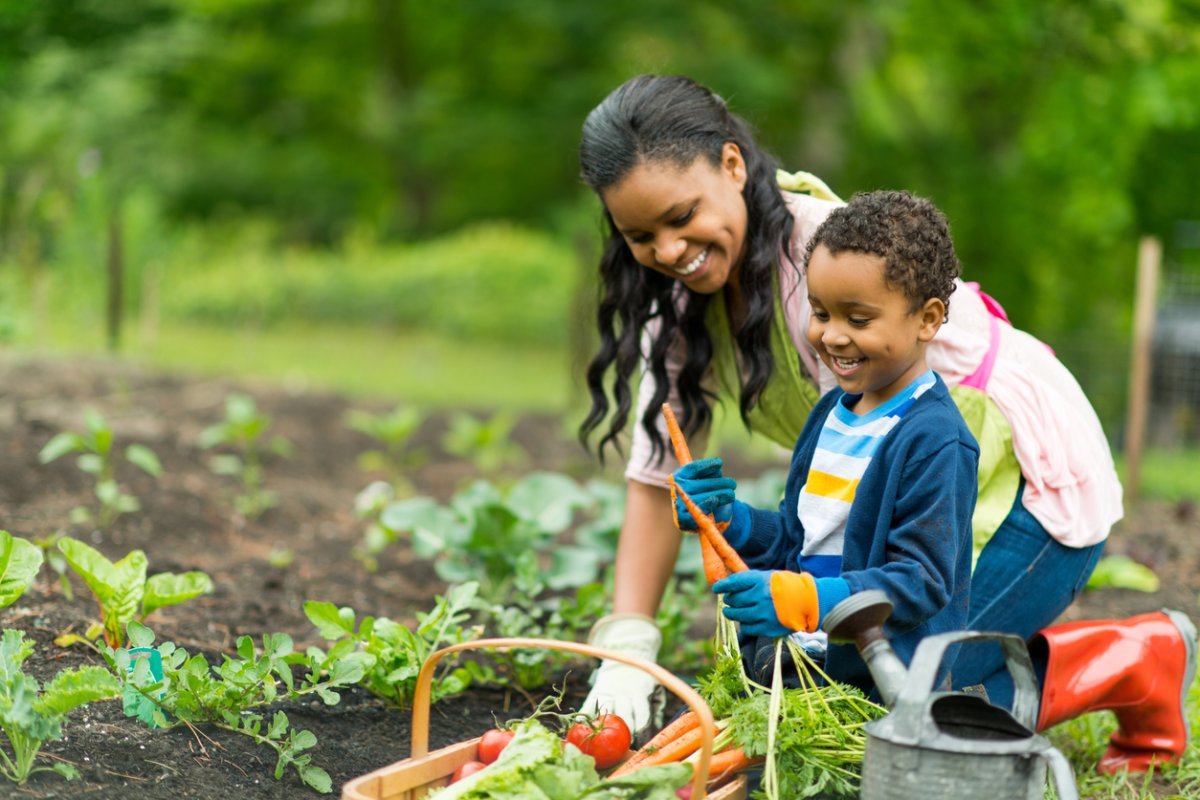

We may earn revenue from the products available on this page and participate in affiliate programs. Learn More ›
Container gardening provides city dwellers with limited space an avenue for growing their favorite fruits and vegetables. There are even advantages to this form of small space gardening. In addition to saving space, containers are mobile, allowing gardeners to move plants under shelter for protection during inclement weather. It can also reduce a gardener’s workload and grant the gardener more control over soil conditions.
But not all plants thrive in containers. Before you become a modern-day version of fictional New York City attorney Oliver Wendell Douglas with a sick corn crop on his penthouse balcony (“Green Acres,” 1960s TV show), learn which vegetables really don’t belong in the confined space of a container, and the tricks necessary to get them to grow if you really, really want to try.
RELATED: The 12-Inch Farm: 12 Foods You Can Easily Grow in Containers
1. Sweet corn
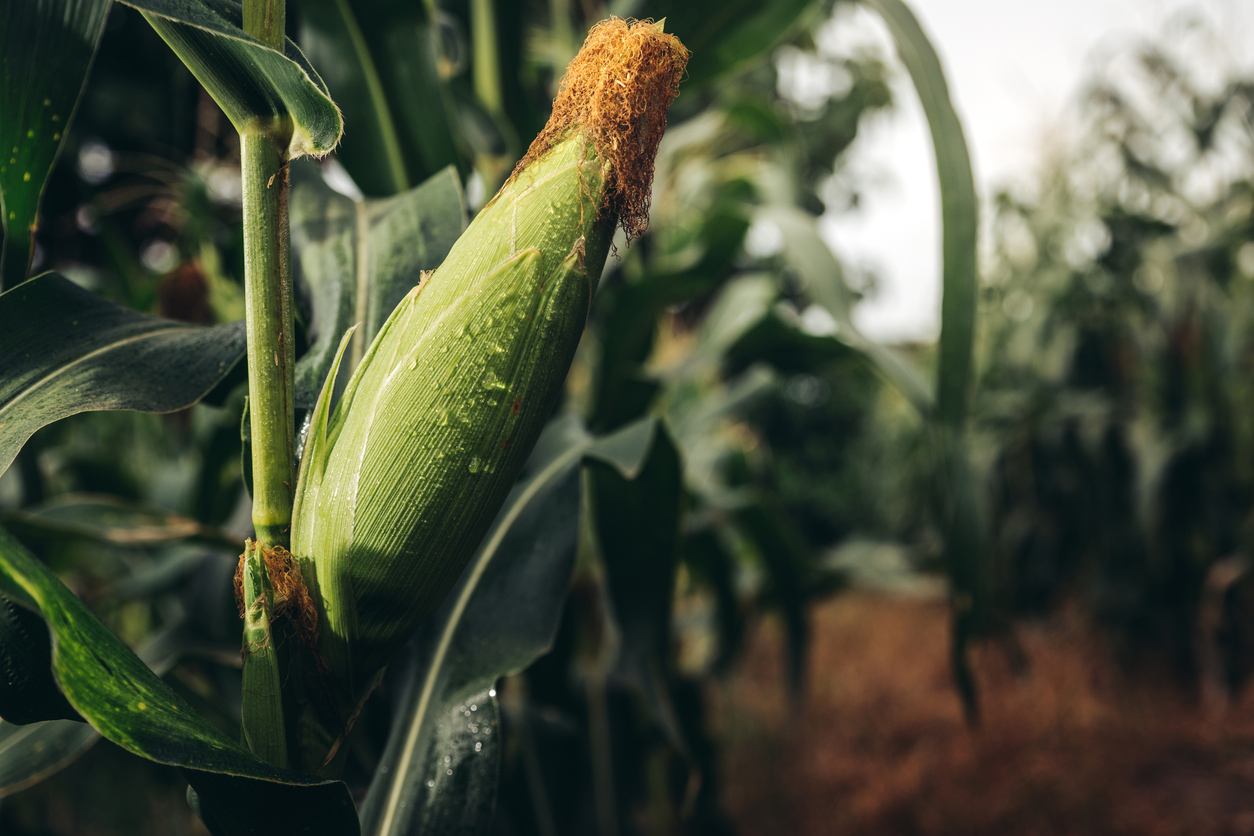
Sweet corn doesn’t do well in containers, largely because of its height, although shorter varieties are an option. It can be done, but the yield will be smaller and the plants will require more care than if they were planted in a garden. As a wind-pollinated plant, corn plants need to be planted closely together, so a heavy pot with good drainage and sufficient width and depth to handle several sturdy stalks is necessary. Whisky barrels are a good choice. The soil will need amending with compost. Corn benefits from fertilizer, lots of sunshine, and plentiful water.
2. Pumpkins/winter squash
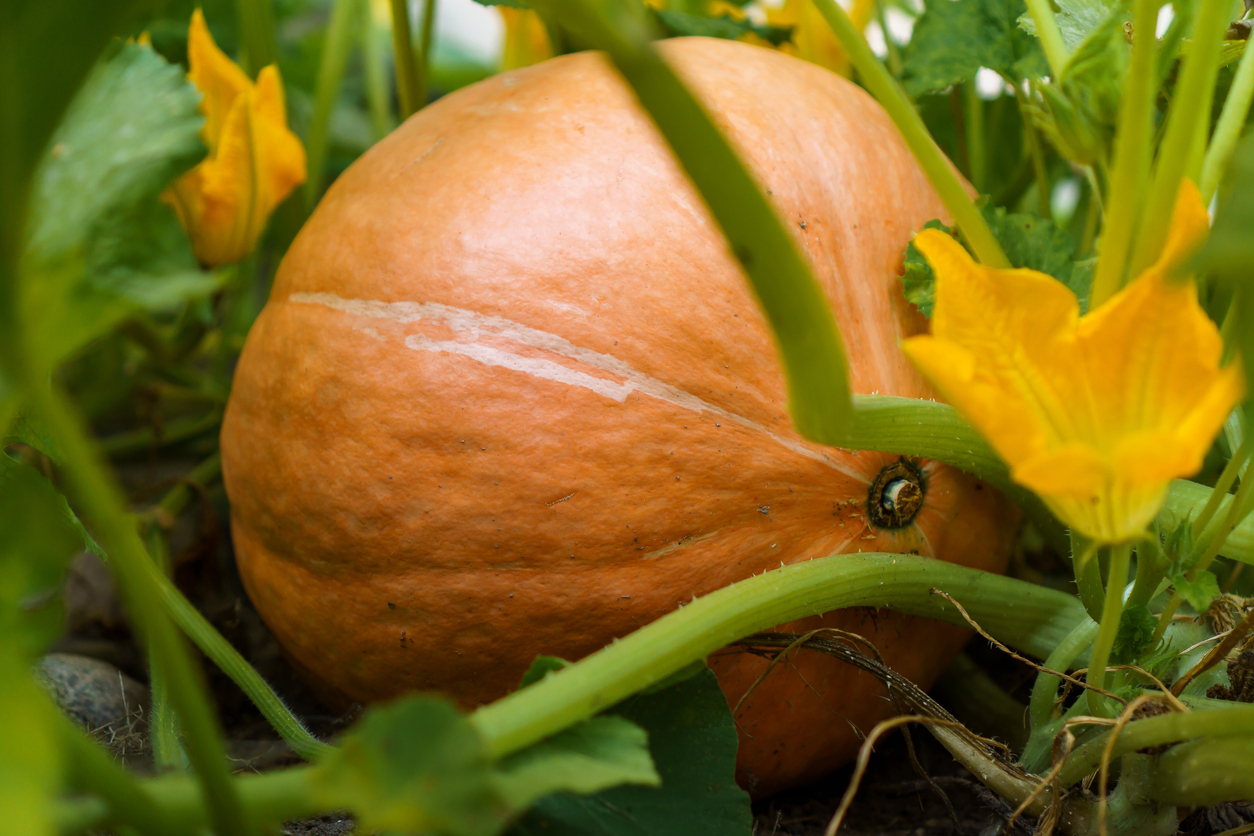
Because pumpkin and winter squash vines spread laterally, container planting is difficult. Planters should be at least 4 feet wide to handle the plants’ root system and their fruit; a smaller container will result in smaller pumpkins. If you’re determined to grow them in a container, consider containers that are at least 20-25 gallons. Since pumpkins and many squash plants spread so much, no more than two should be planted in a container. As heavy feeders, they will need generous amounts of compost added to the soil, regular fertilizing, and plenty of water, along with good drainage. If you decide to forgo pumpkins and acorn squash, consider growing summer squashes such as yellow crookneck or zucchini, which have a more compact, bushy form.
3. Melons
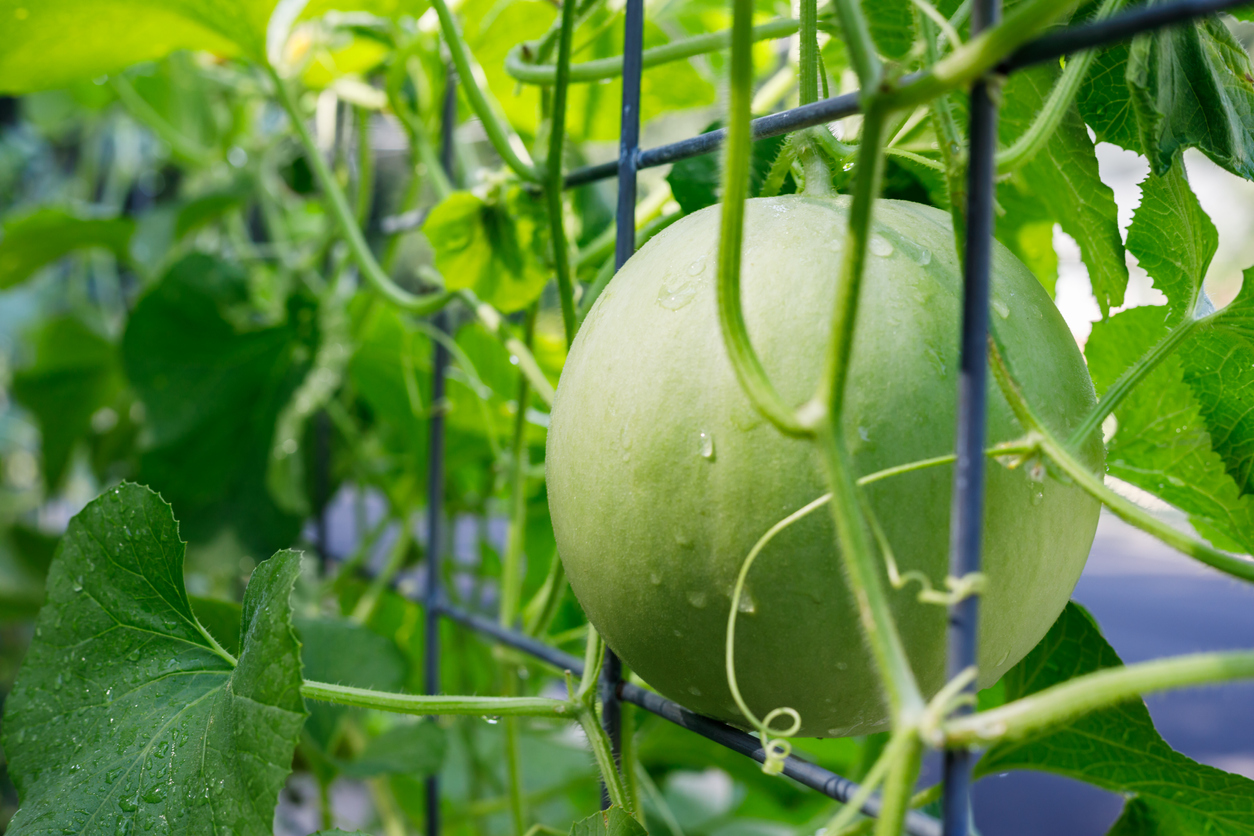
Melons–cantaloupe, watermelon, honeydew–are heavy feeders with deep root systems and a wide spread, making container gardening difficult. Recommendations for growing are to give them 5 feet–easy in a garden, but challenging in a container. However, you can try to trellis them to grow vertically. Heavy melons will need support as the fruit grows–such as a “hammock” made of fabric. Because they’re slow to flower, melons exhaust soil nutrients. They benefit from heavy applications of compost and fertilizer, as well as lots of sun and water.
RELATED: 20 Shade-Loving Plants for Containers
4. Broccoli
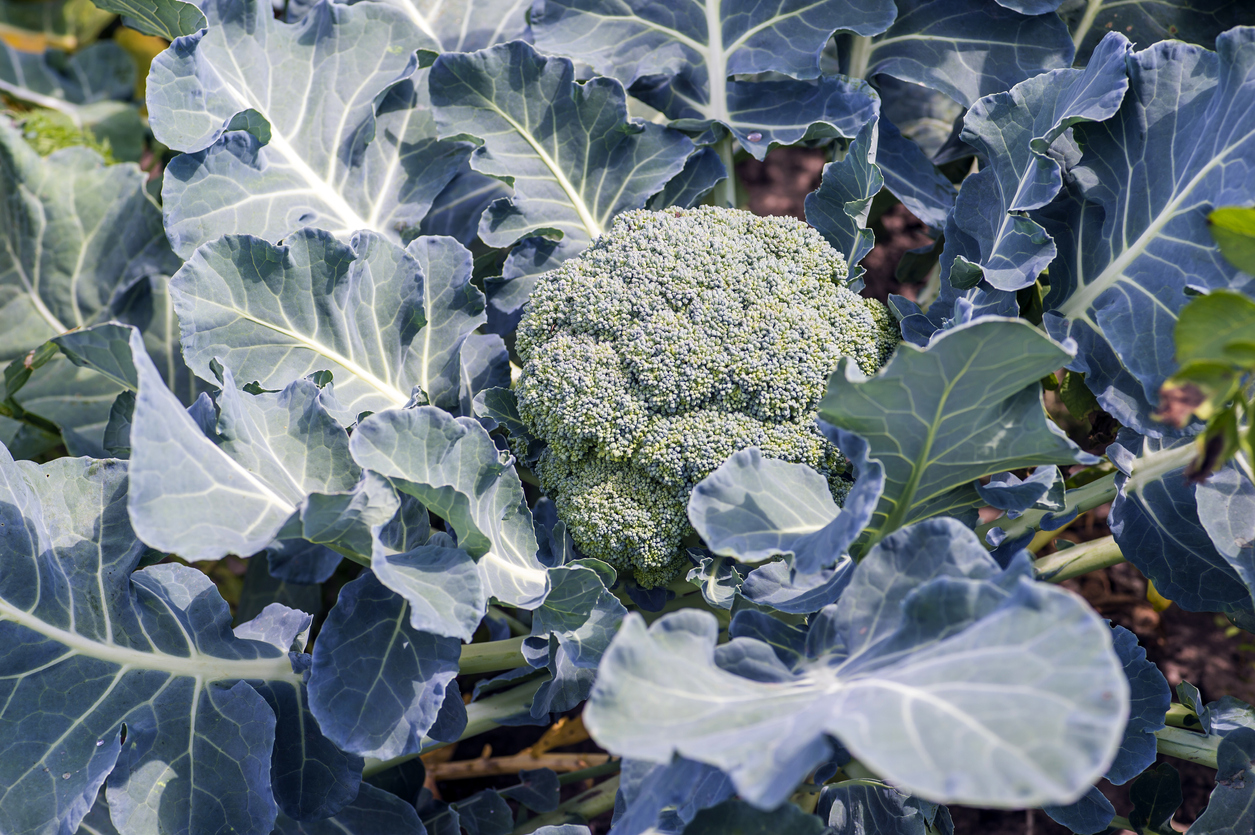
This cool-weather crop is often started inside to get a jump on the growing season. While most gardeners transplant seedlings to the garden, it’s possible to grow this popular green veggie in a container. Individual plants should be grown in a light-colored container at least 12 inches by 12 inches (a 5-gallon pot is recommended). Darker containers absorb too much heat from the sun. Broccoli grown in containers will need more care than when grown in the garden: extra nutrients from compost and fertilizer, plenty of water, and, most importantly, timing growth for harvest during cooler weather.
5. Cauliflower
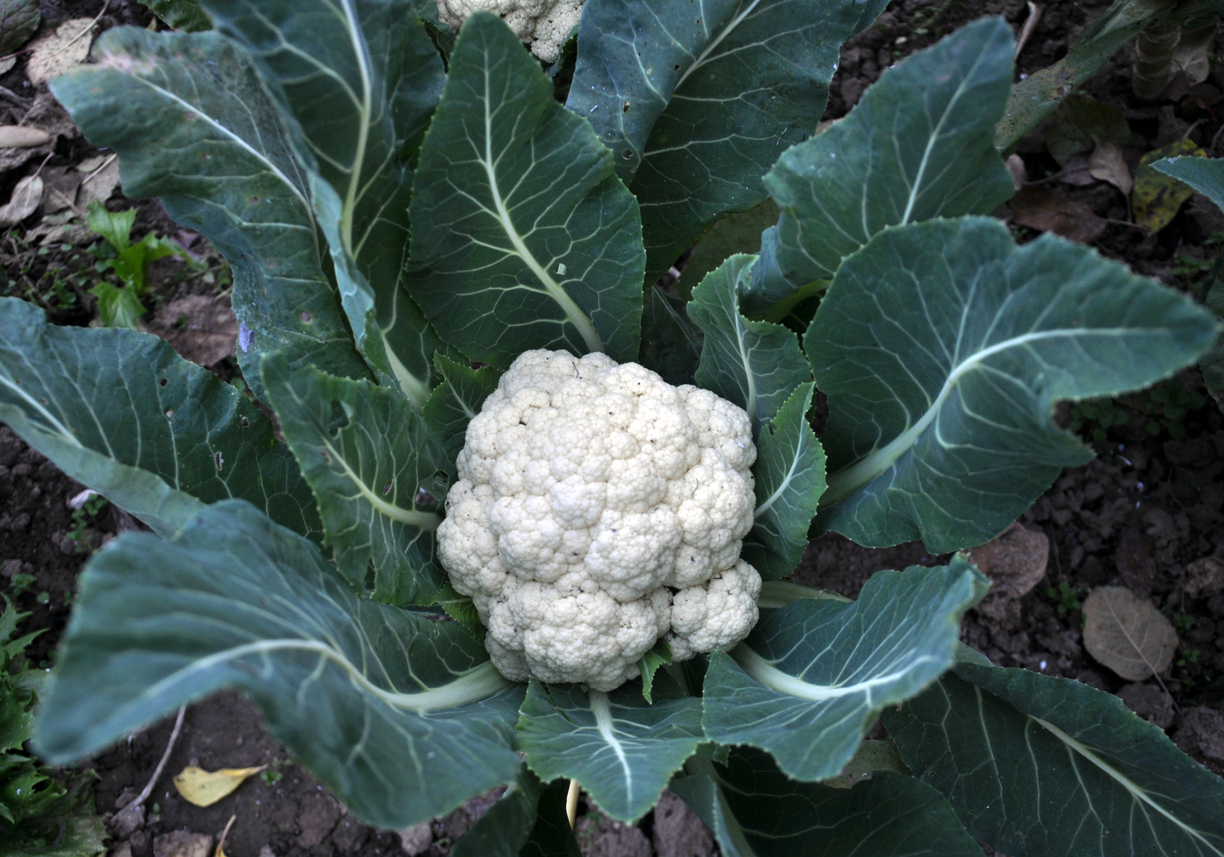
Like its cruciferous cousin broccoli, cauliflower has shallow roots that make it adaptable to container growing. However, cauliflower is a demanding plant requiring near-constant moisture, good drainage, and full sun, which are challenging for container gardening. While garden soil is fine if they’re planted in the garden, a looser, lightweight soil is necessary for container growing so roots can breathe without becoming compacted. The heads must be blanched (the leaves pulled together over the top of the developing heads) for sun protection on this cool-weather crop.
6. Cucumbers
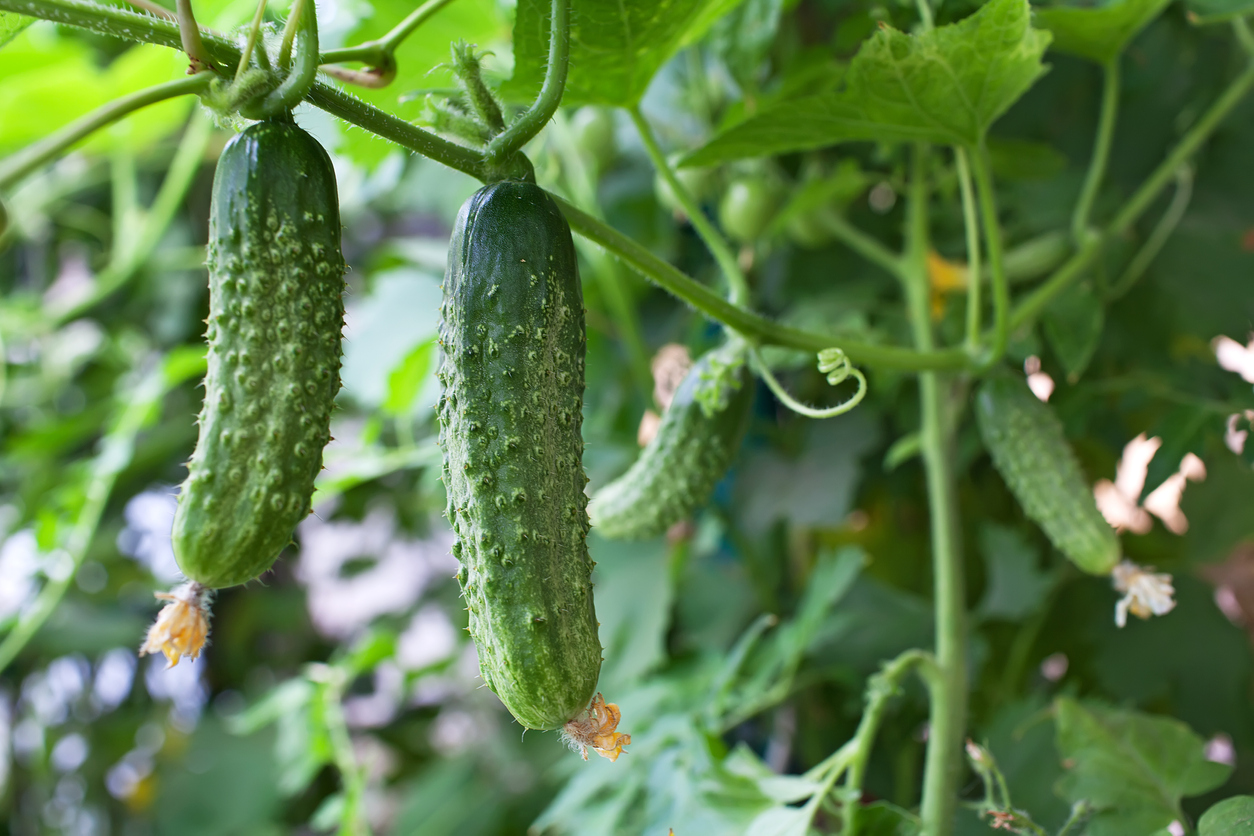
Cucumbers are related to squash, melons, and gourds. Like them, cukes tend to spread out, so container gardening can be challenging. A trellis is beneficial, directing growth up instead of out. A 5-gallon container, at minimum, is needed for each plant. Larger containers also retain more water–which cukes are known to require. Like its relatives, the cucumber is a heavy feeder and will need frequent fertilizing. They also like full sun and warm soil.
RELATED: 11 Important Things to Know About Grow Bag Gardening
7. Potatoes

Potatoes need a lot of underground space, which can be difficult to come by with container gardening. Not only does the container need to be large enough to accommodate growing spuds, but it must provide access to harvest potatoes as they mature. Containers must also be big enough to allow “hilling,” the process of adding dirt as the plant grows – but if the container is too tall, it’s difficult to water the plants evenly. That can lead to rot. Container-grown taters need frequent watering, well-drained soil, and fertilizer.
8. Eggplant
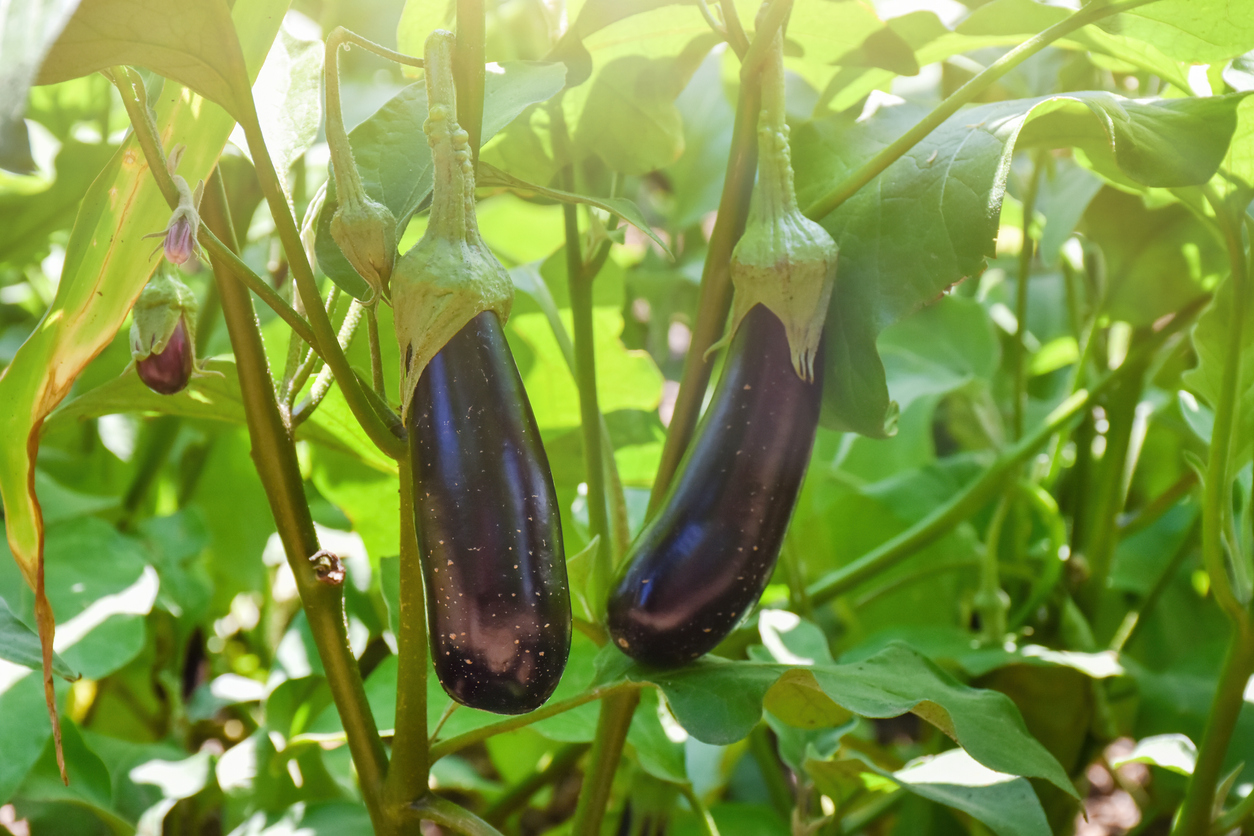
Eggplants need plenty of sun and warmth to grow. They also need a lot of space, so if you’re set on container-growing these purple fruits, a large container would be necessary. A heavy clay pot will add stability and help retain warmth. A trellis with support for heavy fruit will help save the harvest. Large, bushy plants typically produce heavy, dense fruit. Eggplants like a lot of water; on a hot day, a container may need watering more than once.
RELATED: The Best Self-Watering Planters for Low-Maintenance Gardens, Tested
